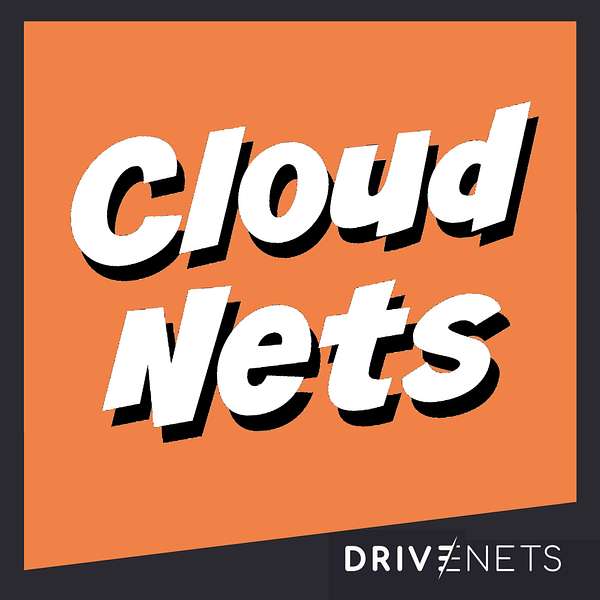
Cloud Nets
Cloud Nets
S2 Episode 4 ISSU
Let's talk about ISSU, In Service Software Updates. What's new and how actually DriveNets can eventually make you upgrade your network without service.
Hi and welcome back to CloudNets, where networks meet cloud. And today we're going to talk about
ISSU In Service Software Updates. Don't go away. I know you think there's no such thing as ISSU, but for you, lucky for you, we have the few experts to tell us. That's me. What's new and how actually DriveNets can eventually make you upgrade your network without service.
Let me try to explain, but do it in a few points
But I think I can break it down to three ideas. Okay? Three general ideas that we're using here.
First is that ISSU, the concept of In Service Software Upgrade, does not work per a single box.
It simply doesn't work. The industry
has been trying to do that for the last 20 years or even more. Failing?
Yes, failing. It's always the case that ISSU is supported on this release and not from the previous one. From this one onward,
So it doesn't work. So that's pillar number one.
The second topic is that now we are shifting into making this ISSU function work, but towards a cluster. A cluster, an array of devices, CLOS topology, and then per each device, we can upgrade it. But the cluster as a whole is not upgraded at once.
Because the network function actually is not located on a specific box.
It's located on all boxes. That's the nice thing. There is no one point of failure
within the entire cluster, so you don't need to fail it at any point. That's point number two.
And point number three is what we call the CAL order the distribution of the chassis or the router onto multiple devices.
CAL stands for?
Cluster Abstraction Layer. Okay.
So once you have a software which is divided onto multiple devices and several devices which operate as a unified function, then you can carve out a part of that cluster, upgrade this part, and then bring it back in. So now you have two versions and both are running and you didn't have any downtime. And then you can upgrade the other part. You can kind of mix and match or break into sub components, and therefore you're reducing what's called a blast radius into something which is minimal, hardly affected.
Which sounds familiar, it's like the cloud?
In a way, yes.
That's why we call the Network Cloud in a way.
Okay, so this is great. Three things you need to remember about ISSU or the new generation of ISSU.
One is that we no longer talk per box because it's practically impossible to do it per box not working.
Two is that we talk about a cluster in which the network function does not reside in a specific box, but it's a cloud shaped virtual container that contains the network function.
And the three, that's specifically in DriveNets Network Cloud, we use the CAL, the cluster abstraction layer, which is kind of the evolution of the HAL the Hardware Abstraction Layer, which abstracts the entire cluster and
allows you to do stuff inside.
That does not affect.
Kind of a dividend rule.
Yeah, exactly. Okay.
That was fascinating, as usual. Thank you very much. Thank you for watching.
See you next time on CloudNets. Bye. Bye.
